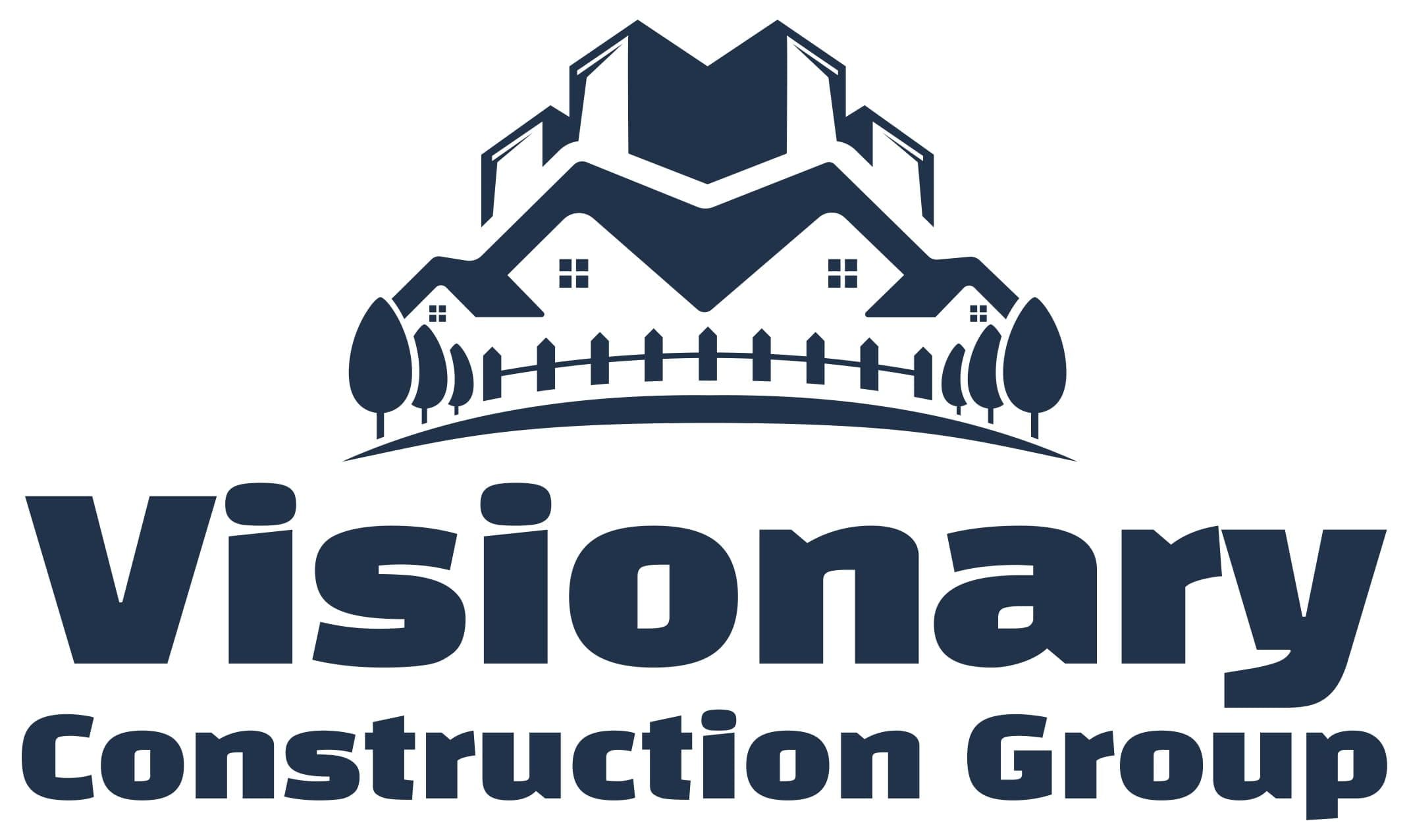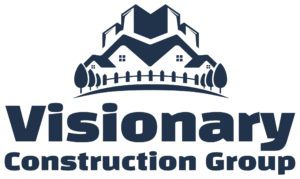Building a new home from the ground up is an exciting adventure, but it can also be a daunting task. Whether starting with a blank slate or rebuilding after a tear-down, the process requires careful planning, attention to detail, and a clear vision of your dream home. This guide will walk you through the rebuilding process, from the initial planning stages to the final move-in, ensuring you’re well-prepared for each step.
Understanding the Rebuilding Process
Before diving into the specifics, it’s essential to understand what rebuilding involves and why it might be the right choice for you.
Why Rebuild Instead of Renovate?
Rebuilding allows you to create a home that fits your needs and lifestyle perfectly. Unlike renovation, where you work within the constraints of an existing structure, rebuilding will enable you to start fresh. This means you can incorporate modern design elements, energy-efficient systems, and customized features without the limitations of an older home.
Key Considerations Before Starting
Before embarking on a rebuilding project, consider cost, timeline, and potential challenges. Rebuilding can be more time-consuming and expensive than renovation, but it offers greater flexibility and long-term value. Assess your goals, budget, and the feasibility of rebuilding your chosen site.
Setting the Foundation for Success
Laying the groundwork for your new home is crucial to ensuring a smooth and successful project. Here’s how to get started.
Establishing a Budget and Securing Financing
Establishing a realistic budget is one of the first steps in the rebuilding process. Consider all potential costs, including land acquisition, construction, permits, and unexpected expenses. Securing financing is also crucial; whether using savings, a construction loan, or a mortgage, ensure your finances are in order before breaking ground.
Choosing the Right Location
Location is everything when it comes to building a new home. Consider factors like proximity to work, schools, and amenities, as well as the overall character of the neighborhood. If you’re rebuilding an existing lot, assess the land’s condition and potential challenges, such as drainage or soil stability.
Understanding Zoning Laws and Building Codes
Before you begin construction, familiarize yourself with local zoning laws and building codes. These regulations dictate what you can and cannot do with your property, including height restrictions, setback requirements, and allowable building materials. Working with a knowledgeable architect or contractor can help you navigate these rules and avoid costly mistakes.
Designing Your Dream Home
The design phase is where your vision starts to take shape. This is your chance to create a space that reflects your style and meets your needs.
Working with an Architect and Designer
Collaborating with an architect and designer is essential to bringing your dream home to life. These professionals can help you create a cohesive design that maximizes space, light, and functionality. Be sure to communicate your needs, preferences, and budget constraints to ensure everyone is on the same page.
Creating a Functional Floor Plan
A well-thought-out floor plan is the backbone of a successful home design. Consider how you’ll use each space daily and how the layout can accommodate your lifestyle. Think about the flow between rooms, the placement of windows and doors, and the relationship between indoor and outdoor spaces.
Selecting Materials and Finishes
Your chosen materials and finishes will significantly impact your home’s look and feel. From flooring and countertops to lighting and cabinetry, every detail matters. Consider durability, maintenance, and how each element contributes to the aesthetic. Don’t be afraid to mix and match materials to create a unique, personalized look.
Navigating the Construction Phase
Once your design is finalized and permits are in place, it’s time to move on to the construction phase. This is where your plans become a reality.
Hiring a Reliable Contractor
Choosing the right contractor is crucial to the success of your project. Look for a contractor with a strong reputation, solid references, and experience building homes like yours. Clear communication and a good working relationship with your contractor are essential for keeping the project on track.
Managing the Construction Timeline
Construction projects are notorious for delays, but careful planning can help keep your timeline on track. Work with your contractor to develop a realistic schedule that accounts for potential setbacks. Regular check-ins and updates ensure that the project stays on course.
Keeping Communication Open
Open communication is critical to a successful construction project. Ensure you regularly contact your contractor and other key players, such as architects and designers. Address any concerns or changes as soon as they arise to avoid misunderstandings and delays.
Ensuring Quality Control
Quality control is critical during construction to ensure your home is built to the highest standards.
Regular Site Inspections
Regular site inspections are necessary to ensure that work is progressing as planned and that quality standards are met. These inspections allow you to catch any issues early and address them before they become more significant problems.
Addressing Issues Promptly
No construction project is without its challenges. Whether it’s a material shortage, a design flaw, or a weather-related delay, addressing issues promptly is essential. Quick decision-making and problem-solving can help keep your project on track and within budget.
Final Walkthrough and Handover
Once construction is complete, a final walkthrough is essential. This is your opportunity to inspect the work, ensure everything meets your expectations, and identify any last-minute touch-ups or corrections. After the walkthrough, you’ll receive the keys to your new home—a moment that marks the culmination of months (or even years) of planning and hard work.
Adding Personal Touches to Your New Home
Your new home is a blank canvas, ready to be personalized with details that reflect your style and personality.
Customizing Interiors to Reflect Your Style
From paint colors to furniture selection, your home’s interior design is where you can let your personality shine. Consider working with an interior designer to create a cohesive look that complements your home’s architecture and layout.
Landscaping and Outdoor Spaces
Remember your outdoor spaces. Landscaping, patios, and decks are extensions of your home and should be designed with the same care as your interiors. Consider how you’ll use these spaces—entertaining, gardening, or relaxing—and plan accordingly.
Incorporating Smart Home Technology
Smart home technology is becoming an increasingly popular way to enhance comfort and convenience. Integrating innovative technology into your new home can make life easier and more enjoyable, from programmable thermostats and lighting to security systems and entertainment.
Moving In and Settling Down
With construction complete and personal touches in place, it’s time to move in and start enjoying your new home.
Finalizing the Move-In Process
Moving into a new home can be both exciting and stressful. Plan your move carefully to ensure a smooth transition. Consider hiring professional movers and ensure all utilities and services are set up before moving day.
Tips for a Smooth Transition
A smooth transition into your new home involves more than just unpacking. Take the time to familiarize yourself with your new space, organize your belongings, and settle into your routines. Allow yourself time to adjust and make the house feel like home.
Celebrating Your New Space
Finally, don’t forget to celebrate! Hosting a housewarming party or enjoying a quiet evening in your new space can be a great way to mark the beginning of this exciting new chapter in your life.
Conclusion
Planning and building a new home from the ground up is challenging yet incredibly rewarding. Planning carefully, working with the right professionals, and staying involved throughout the process can help you create a home that perfectly reflects your vision and meets your needs. Whether you’re dreaming of a modern masterpiece or a cozy cottage, the rebuilding process is your chance to bring that dream to life.
FAQs
What should I prioritize when planning a new home from scratch?
When planning a new home, prioritize setting a realistic budget, choosing the right location, and working with experienced professionals. These factors will have the most significant impact on the success of your project.
How can I stay on budget during the rebuilding process?
To stay on budget, establish a detailed financial plan, monitor expenses closely, and be prepared to make adjustments if necessary. Working with a trustworthy contractor can also help you manage costs effectively.
What are the common challenges in rebuilding a home, and how can I overcome them?
Common challenges include delays, unexpected costs, and communication issues. Overcome these by maintaining open communication with your team, being flexible, and addressing problems as soon as they arise.






